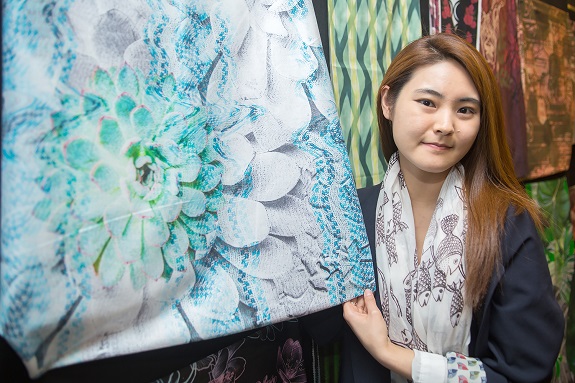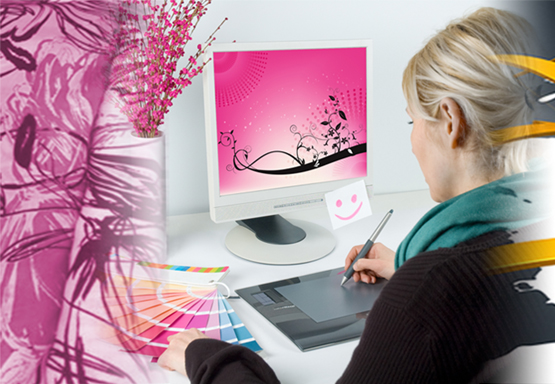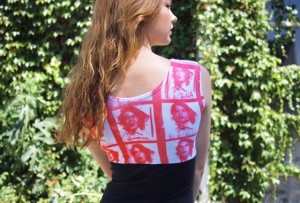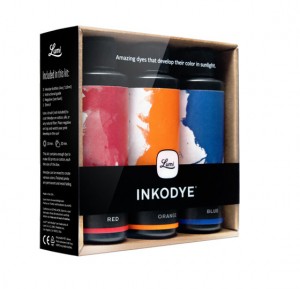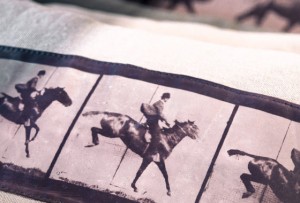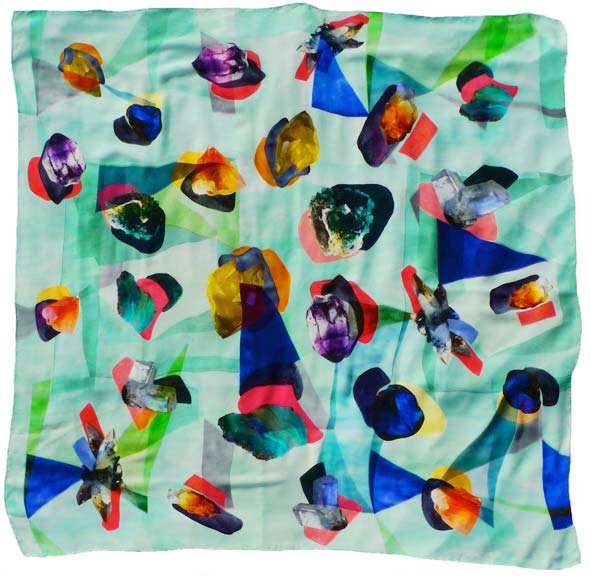The rapid adoption of digital printing technologies and the rise of Internet of Things are creating exciting opportunities for entrepreneurial designers.
The increased use of all forms of digital printing is creating a demand for short runs of custom-designed wallcoverings, textiles, ceramics, and glassware. Plus, the ability to “print” electronics and sensors on thin, flexible films has made it possible to design interactive fashion, sportswear, wallpaper, and window films.
Once you learn more about the technologies and huge range of materials used in “surface imaging,” you will quickly see that the possibilities for creative new products and designs are limited only by your imagination.
Investors in digital printing equipment are looking for well-trained and creative designers to help them get the most from their equipment.
To get involved in this burgeoning field, check out the graduate-level Surface Imaging program at Philadelphia University. The University is currently accepting new degree candidates for a one-year program that begins in May, 2016.
The Surface Imaging program at Philadelphia University is a unique graduate program for designers and artists who want to bring their creativity to life through state-of-art digital printing technologies.
Surface Imaging at PhilaU from Philadelphia University on Vimeo.
Working in the Center for Excellence in Surface Imaging, you will learn how to apply your painting, drawing, photography and printmaking skills to fabrication projects that involve state-of-the-art digital printing and additive material deposition and subtraction-printing technologies.
The curriculum includes courses in surface imaging design, printing technology, and material and polymer science. To find the best opportunities within the fast-growing digital-printing industry, you will also study entrepreneurship and develop a business plan that integrates design, applied engineering, and innovative business models.
The Center for Excellence of Surface Imaging has been supported by international imaging industries, including printer manufacturers, ink formulators, and software developers.
Upon graduation, you will be prepared for a leadership role in developing new products for the architecture, interior design, textile manufacturing, fashion apparel, and home industries.
To apply, act quickly. According to Hitoshi Ujiie of the Center for Excellence in Surface Imaging, “While we have a rolling enrollment system, our preferred deadline for applications is February 1, 2016.”
FOR MORE INFORMATION

